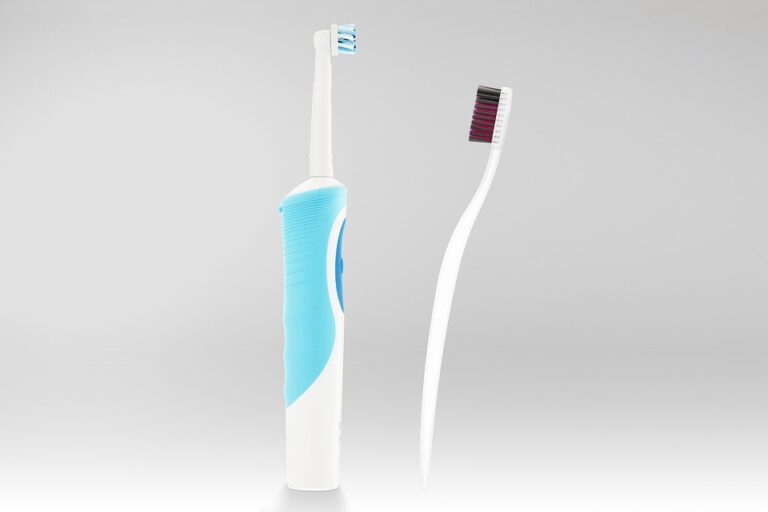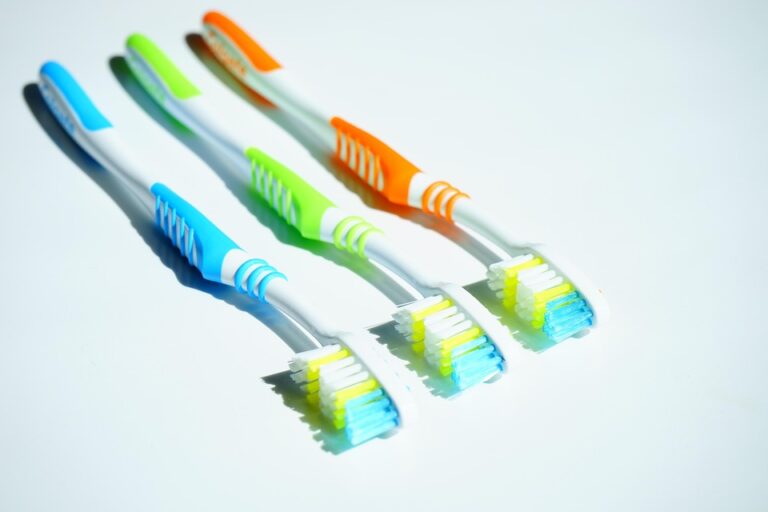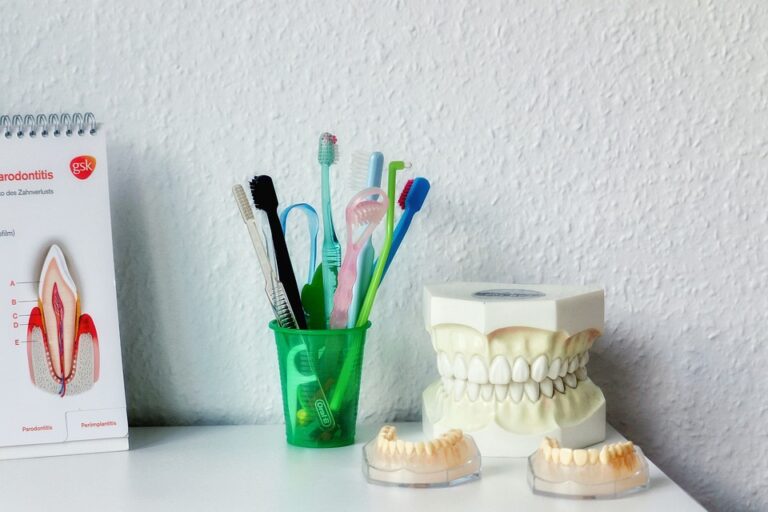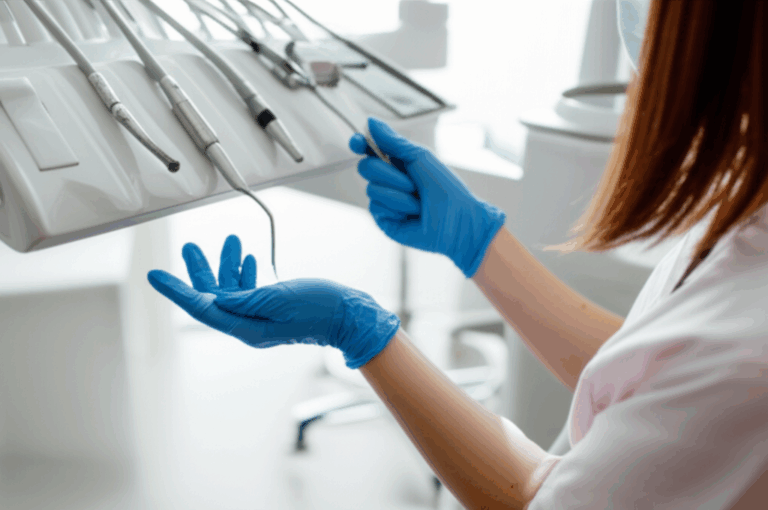
Does Pet Insurance Cover Dental Problems? My Complete Guide to Canine & Feline Oral Health Coverage
Outline Overview
- Introduction: The Honest Truth About Pet Dental Insurance
- Understanding Pet Insurance Dental Coverage Types
- Accident & Illness Plans
- Wellness/Preventative Care Plans
- What’s Not Typically Covered (and Why It Matters)
- Key Factors That Affect Dental Coverage & Claims
- Comparing Pet Insurance Providers for Dental Coverage
- Is Pet Dental Insurance Worth It? My Cost vs. Risk Experience
- Alternatives and Complementary Options for Pet Dental Care
- How to Choose the Right Pet Insurance Plan for Your Pet’s Dental Needs
- Conclusion: Protecting Your Pet’s Smile (and Your Wallet)
Introduction: The Honest Truth About Pet Dental Insurance
When I first got my scruffy rescue dog, Max, I didn’t think about dental insurance at all. Like a lot of pet owners, I figured his happy tail and chew toys were all I needed to care about. But a few years in, after a shocking vet bill for a cracked tooth, I learned pet dental health isn’t just about toys and treats.
So does pet insurance actually cover dental problems? Here’s my honest answer: It depends. And not only does it depend, but it’s a lot trickier than I thought. Over the years, I’ve looked at a lot of policies, compared plans, and asked more questions than I ever have about my own dental coverage.
If you don’t know the details, you could end up paying a lot more than you expected for something you thought was covered.
That’s why I want to lay everything out in this guide—what I’ve learned, what surprised me, the things to watch out for, and how to get the best value. If your wallet and your pet’s mouth matter to you (and I bet they do), keep reading.
Table of Contents
- Understanding Pet Insurance Dental Coverage Types
- What’s NOT Typically Covered (and Why It Matters)
- Key Factors That Affect Dental Coverage & Claims
- Comparing Pet Insurance Providers for Dental Coverage
- Is Pet Dental Insurance Worth It? My Cost vs. Risk Experience
- Alternatives and Complementary Options for Pet Dental Care
- How to Choose the Right Pet Insurance Plan for Your Pet’s Dental Needs
- Conclusion: Protecting Your Pet’s Smile (and Your Wallet)
Understanding Pet Insurance Dental Coverage Types
Accident & Illness Plans: When Bad Stuff Happens
The first big thing I found out: not all dental problems are treated the same by insurance. Accident & illness plans are the main choice for most pet owners—they help with the big issues when something bad suddenly happens.
Let’s say your dog runs across the yard, slips, and cracks a tooth. Or your cat gets a painful abscess under her gum. With an accident & illness policy, your insurance might help pay for:
- Dental trauma treatments (broken teeth or injuries from an accident)
- Tooth extractions because of sickness or injury
- Root canals if really needed
- Oral surgery caused by an accident or new illness
- Dental X-rays if it’s about any of the above
But—and this is important—anything pre-existing doesn’t count. If your pet had dental issues before you started or while waiting for coverage to start, don’t expect to get money back.
I learned this the tough way: Max’s old puppy teeth problems weren’t covered, because I waited too long to sign him up.
Wellness/Preventative Care Plans (or Add-Ons): Keeping That Smile Bright
Then you have wellness or preventative care plans, which can be confusing. These (usually extra) plans are there to keep your pet’s mouth healthy before problems start.
Usually this includes:
- Regular dental cleanings: Like your yearly dentist visit.
- Oral exams (sometimes dental X-rays): For prevention, not treatment.
Key thing though: Wellness coverage isn’t automatic. Accident & illness plans almost never pay for regular cleanings—you have to buy the wellness add-on (and it costs more).
So, if you want to skip big clean-up bills, ask about wellness options at the start. It can really help keep costs low each year.
What’s NOT Typically Covered (and Why It Matters)
After trying to outsmart vet bills, I learned that what’s not covered is just as important as what is. Plans have a lot of small print, and sometimes it can trip you up.
Pre-Existing Dental Conditions
This one hurts: If your pet has already been found to have a dental problem, or even shows signs while you wait for coverage to start, it won’t be covered. Insurance companies are very strict about this. Bleeding gums found at one checkup? That’s on you.
Routine Cleanings (on Most Accident & Illness Plans)
Almost all accident & illness plans do NOT cover normal dental cleanings. If you thought cleanings were a basic health cost and must be covered (like I did!), think again. Unless you bought a wellness plan or bonus, you pay the full price.
Cosmetic Dental Procedures
Does your dog have a little underbite? Or maybe your cat’s silly tooth sticks out just right for Instagram? If it’s not needed for health, insurance won’t pay for it. Changing teeth just for looks isn’t included.
Other Special Exclusions
Some plans are a bit sneaky. Some don’t cover certain breeds for dental stuff, others don’t pay for dental problems pets are born with. Always, always read the fine print—it’s no fun, but worth it later.
Key Factors That Affect Dental Coverage & Claims
So what really decides whether your insurance will pay (and how much)? Here’s what I learned:
Waiting Periods
Most plans have a waiting period for dental sickness—this can be anywhere from 14 days to six months. Accidents are sometimes covered right away, but sickness takes longer. If you buy a plan after seeing a problem, you likely can’t use it straight away.
Deductibles
Before your insurance pays you, you have to cover your deductible first. This can be anywhere from $200 to $1,000 per year. Make sure you look at the deductible and think about your pet’s risk and how much you save.
Reimbursement Rates
After you make a claim, your provider pays you back a percentage—usually 70%, 80%, or 90%. The rest, plus your deductible, is your job to pay.
Yearly and Per-Visit Limits
Some plans only pay up to a certain amount for dental care, maybe $1,500 a year. Others count dental in your all-over yearly limit. Once you hit that number, you pay everything else yourself. Check carefully, especially if your pet often has mouth trouble.
Age of Your Pet
Older pets usually have more things not covered, longer waiting times, and higher prices. I found this out the hard way with my older cat, Daisy.
Preventative vs. Fixing Problems
Insurance loves to make a difference between “preventing” (cleanings, checkups) and “fixing” (treating real problems). You almost never get help with prevention unless you buy special wellness coverage.
Comparing Pet Insurance Providers for Dental Coverage
Picking a provider can feel overwhelming—so many choices! I’ve checked out the big names. Here’s what I noticed:
Main Providers and Their Dental Rules
- Trupanion: No wellness, but good at paying for dental accident and illness if not pre-existing.
- Healthy Paws: No regular cleanings, but covers dental illness and accidents if they happen after you buy.
- Embrace: Offers wellness add-ons, so regular cleanings can be covered.
- Nationwide & Lemonade: Big plans you can mix and match; pick a high tier or add-on for dental.
- Pets Best, ASPCA, Fetch: All a bit different—always read their examples and ask about breed rules and waiting times.
Questions You MUST Ask
- Are dental sicknesses (not just injuries) covered?
- Are regular cleanings covered, or do I need to add it?
- What’s the yearly or per-case dental payout limit?
- Any breeds or genetic dental issues not covered?
- What’s the waiting period for dental?
Getting good answers to these saved me from at least two surprises at the vet!
Is Pet Dental Insurance Worth It? My Cost vs. Risk Experience
I’ve had years where my pets’ teeth were fine, and years when it seemed like their whole mouth was falling apart. Is dental insurance worth it? Here’s how I figured it out.
Simple Numbers
- Regular cleaning (with anesthesia): $500–$1,000+
- Pulling a tooth: $200–$500 for each
- Big mouth surgery: $1,000–$3,000 or more
With pet insurance (and dental add-on), I’ve paid about $50 to $80 each month. But even one accident, abscess, or a few extractions can easily go way beyond what you paid in premiums.
Peace of Mind
Knowing I had coverage meant I didn’t wait when Max’s tooth hurt. I got him help right away, rather than letting it get worse (and more expensive).
But…
Dental insurance isn’t magic. You still deal with deductibles, waiting times, and often, regular care is barely covered—or not at all.
Worth It?
- It’s worth it if you have a breed that gets dental problems, a pet that’s always getting into trouble, or you like having peace of mind.
- Maybe not if you’re good at saving and don’t mind paying for the vet now and then yourself.
Alternatives and Complementary Options for Pet Dental Care
Not everyone wants to—or can—pay for full dental insurance. I’ve tried other ways too:
Put Away Some Savings
Good old-fashioned way: I put a little aside every month just for pet emergencies. It helps a lot with those surprise bills.
Vet Payment Plans
Some animal clinics let you pay over time or use pet care credit cards, like CareCredit. It can help with big bills, but watch out for interest if you don’t pay it fast.
Low-Cost Clinics or Dental Specials
I’ve found some animal shelters, vet schools, or charities have dental months, offering cheaper cleanings or basic tooth pulls. Always ask around—even a few calls can save you a lot.
At-Home Dental Care
Brushing your pet’s teeth sounds tough, but it’s way less stressful than big tooth surgery. Dental chews, special water, and certain foods can help too. Keeping dental disease away saves money and keeps your pet healthy.
For more at-home tips, you might like teeth health guides—even though they’re for humans, lots of ideas work for dogs and cats too.
How to Choose the Right Pet Insurance Plan for Your Pet’s Dental Needs
Here’s my checklist for picking a plan, after making lots of mistakes:
Check Your Pet’s Mouth & Age
A young, healthy pet with no dental problems? You’ve got more choices and lower prices. An older pet with a lot of dental trouble? You might see more things aren’t covered or higher monthly costs.
Think About Your Budget and Comfort Level
If a sudden $2,000 dental bill would really hurt, insurance is probably smart. If you have savings and aren’t worried about bigger bills, there are other ways.
Focus on Big Coverage
Accident and illness coverage for serious dental emergencies is usually money well spent. That’s what I picked for peace of mind.
Want Regular Checkups? Get a Wellness Add-On
If regular vet cleanings matter to you, a wellness plan can keep costs steady. It’s not for everyone, but it’s helped me.
Read the Small Print (Twice)
Boring, but very important. Check for dental exclusions, pre-existing rules, and yearly or per-case limits. If you’re unsure—call and ask!
Ask for Quotes
Get price offers from different companies. Their dental rules and costs are all over the place—always compare.
Conclusion: Protecting Your Pet’s Smile (and Your Wallet)
After years looking at insurance plans, handling bills, and dealing with smelly dog breath, here’s the main thing:
If you want to learn more about oral health, including common dental diseases or more general dental care, I found those tips helpful for pet parents, too.
In the end, caring for your pet’s teeth pays—in saved money, fewer emergencies, and longer, happier lives for our furry buddies. If you don’t just guess and think ahead, you never have to choose between paying a bill and making your pet smile.
TL;DR: Does pet insurance cover dental problems? Sometimes—if you know what to look for and ask the right questions. I hope my lessons help you save time, money, and maybe even some teeth.








